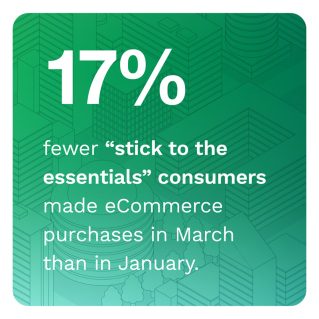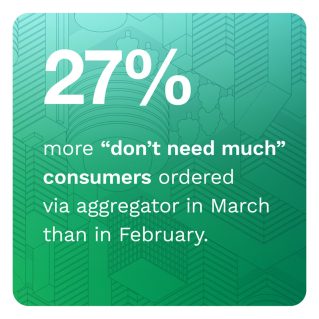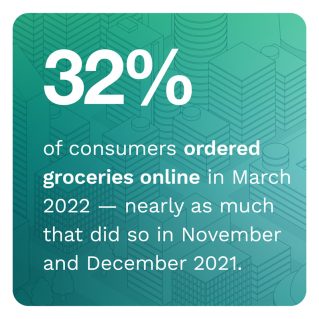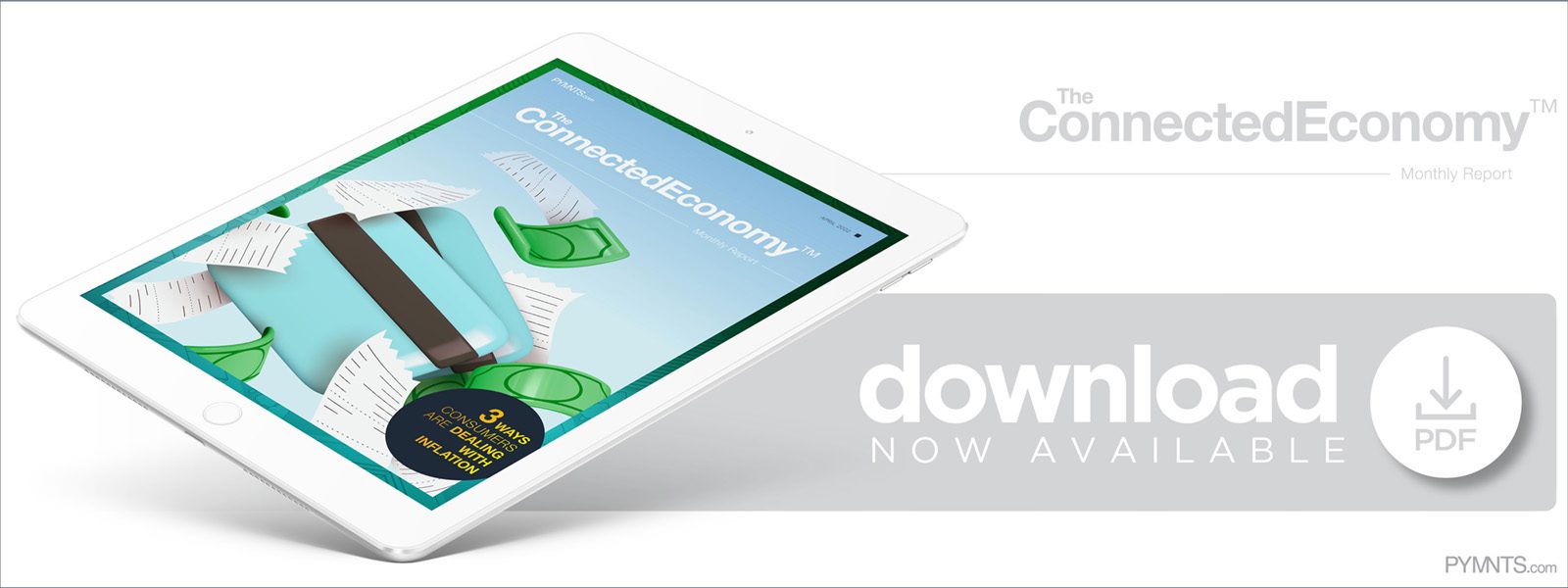NEW DATA: 6 in 10 Consumers Buying Only the Essentials as Inflation Rises

March 2022 marked the highest inflation rate seen in the United States since 1981, and consumers are feeling the pinch. Sixty-one percent of the U.S. adult population — 154 million people — bought little more than their daily essentials that month, including food, healthcare products and little else.  These so-called “stick to the essentials” consumers are just one of four key types of shoppers that PYMNTS identified in our latest round of research, but their large numbers are indicative of a much broader trend of consumers working to keep excess spending to a minimum.
These so-called “stick to the essentials” consumers are just one of four key types of shoppers that PYMNTS identified in our latest round of research, but their large numbers are indicative of a much broader trend of consumers working to keep excess spending to a minimum.
PYMNTS’ ConnectedEconomy™ Monthly Report: 3 Ways Consumers Are Dealing With Inflation details the latest on how consumers are adjusting their lives online to the ebbs and flows of the country’s increasingly digital-first economy. We surveyed 2,500 U.S. consumers as part of our ongoing research to learn how rising inflation rates are impacting their spending habits, specifically when it comes to how they buy retail items and food online.
 Key findings from our research include the following:
Key findings from our research include the following:
• Online restaurant orders slowed, and eCommerce purchases came to a standstill in March. Our research found that 8% fewer consumers placed restaurant orders online than in February, while the share who bought eCommerce items went unchanged at 40% — the lowest engagement rate seen at any other time since before the 2021 holiday season.
• Digital grocery purchases increased in March, even as consumers cut back on less essential spending. Not only did 4.9% more consumers buy groceries online in March than in February, but the share that did so was also at the second-highest level seen since November 2021.
• “Live large consumers” are bucking the trend toward frugality in one fundamental way: they are the most likely to have purchased big-ticket items like electronics, appliances, furniture and automobiles. They make up just 10% of the population, but 46% are millennials and 42% earn more than $100,000 in annual income.
These are just a few of the insights we gathered from our latest round of research. The ConnectedEconomy™ Monthly Report: 3 Ways Consumers Are Dealing With Inflation details how historic price increases impact the way consumers shop and live online.
To learn more about how inflation impacts consumers’ spending habits, download the report.

